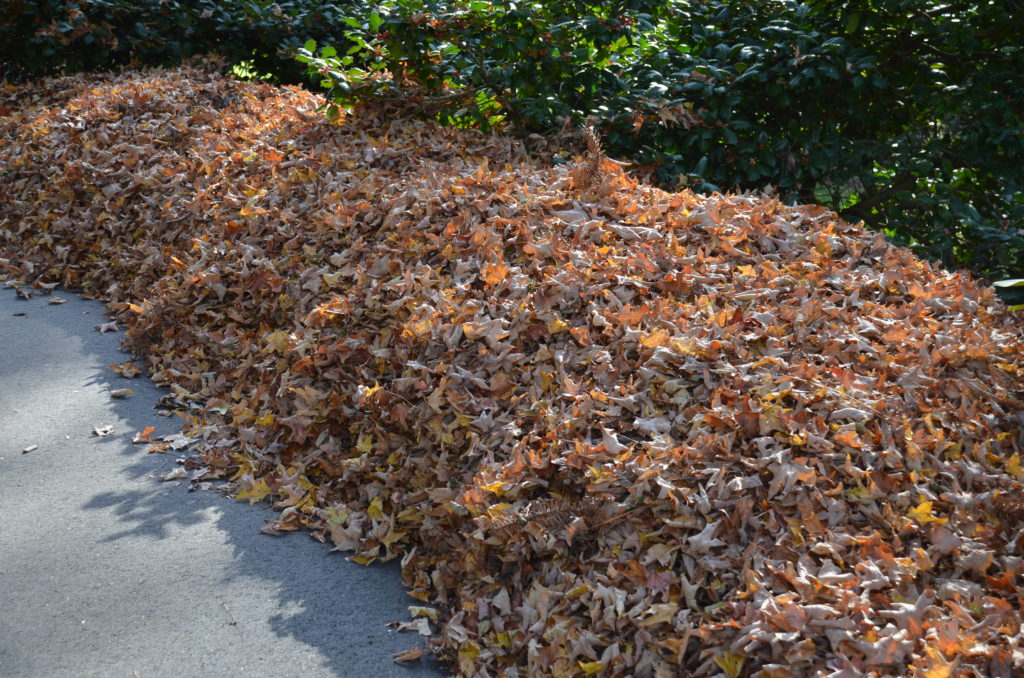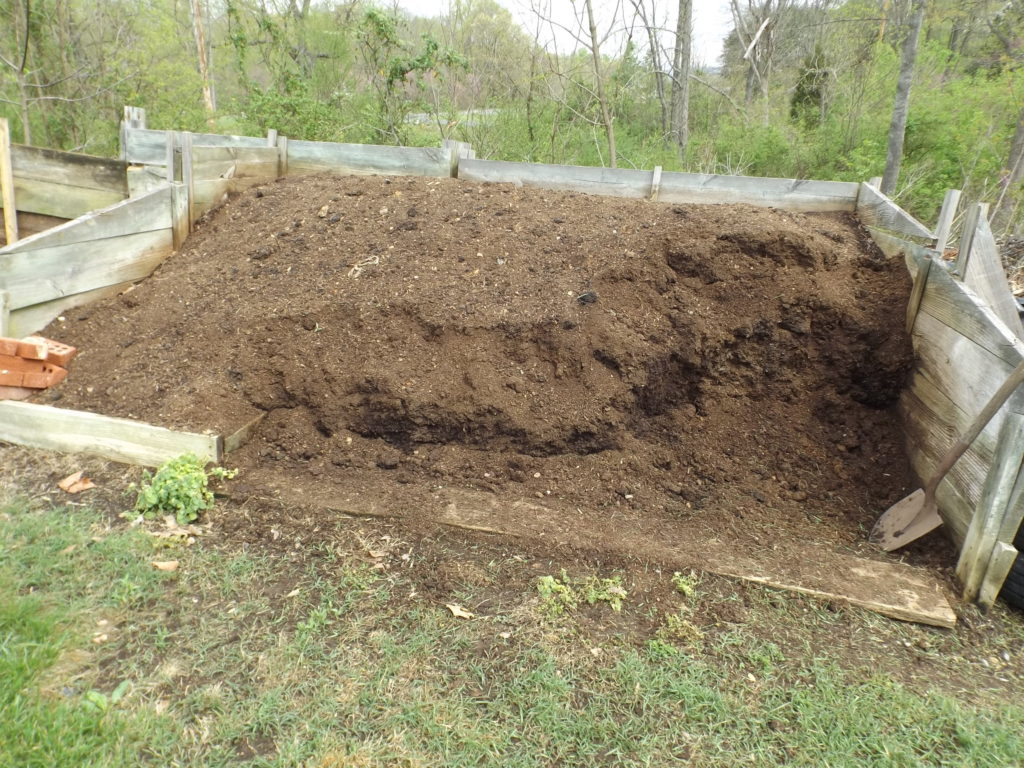Don’t rake and send fallen leaves to urban landfills. In a recent poll, nearly one-third of weekly disposable materials are composed of yard waste, newspapers, and food waste. Many of your neighbors are sending bags of “nutrient gold” to landfills. Improve your gardening skills and save money.

Adding fallen leaves back into the garden is one of the most ecofriendly solutions that gardeners can adopt. Fallen leaves are free mulch. They’re gathered by raking, blowing, or a lawnmower with a bag attachment. A mower with a bag shreds the leaves – eventually creating a uniform leaf mold (mulch). The final product also creates a tidier look in your garden.
Put shredded leaves around the base of trees and shrubs, pile them up several inches over annual flowers or vegetable beds. A loose layer of shredded leaves can be about 3 to 5 inches thick that aids in controlling weeds. Alternatively, if you prefer the uniform darken look of store-bought mulches, start with free freshly fallen leaves as a base layer, and add a topping of purchased mulch. Over winter the fallen leaves and mulch break down and supply nutrients to the soil.
Get ahead of spring mulching chores by adding 2-3 additional inches of chopped leaves each season. October thru December is the interval when most deciduous and evergreen trees lose their leaves. Some oak and beech trees wait until late winter to lose theirs, giving rise to another wave of free mulch creation.

Fall leaf collecting and adding them to your compost pile greatly increases the quantity of ready for use soil conditioner in the spring. This will reduce gardening costs (think less fertilizer and lime) and improve the health of your garden plants. Oak leaves and pine needles tend to create an acidic mulch which is ideal around acid-loving azaleas, rhododendrons, mountain laurels, gardenias, hollies, to list a few.
Leaf compost provides all the nutrients that winter/early spring wildflowers such as trilliums, Virginia bluebells, winter flowering aconites, snowdrops, hardy cyclamens, and so many others need.

 Posted in
Posted in 
